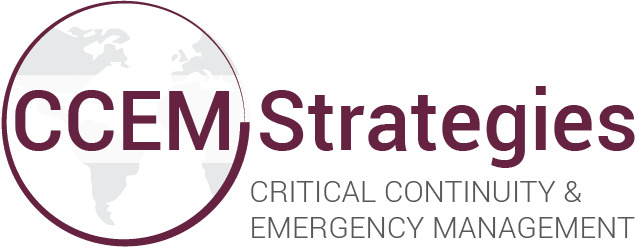Transportation is considered critical infrastructure for communities and their economies. The supply chain - how goods and services are transported along routes and channels - is like the main artery of a community. But when a disaster strikes and compromises transportation infrastructure, how can communities and businesses minimize the impacts?
Is Your Community Prepared for Flooding?
Flooding is one of the most common, pervasive, and costliest natural hazards in Canada, with a history of causing major disasters. The risk of flooding tends to change based on the season as it can be caused by snow melt, sudden and aggressive rain storms, rain on snow events, or debris in waterways causing overtopping of banks or sudden redirection of the waterway. Recovering from flooding can be challenging, particularly as insurance coverage may be limited, extraordinarily costly, or unavailable depending on the type of flooding (i.e., sewer backup versus overland flooding).
PREPARING COASTAL BUSINESSES FOR THE BIG 3 - #3 FLOODS
Did you know that floods are the most frequent natural hazard in Canada? According to Public Safety Canada, floods are the country’s costliest natural disaster, with regards to property damage. Because floods can occur any time of year, in any region — floods affect hundreds of thousands of Canadians annually. And if your business operates in Metro Vancouver, you know all too well that this metropolis is one of Canada’s rainiest! If you are operating in other coastal areas, you can also be at risk of flooding from rising sea levels or storm surges. So what can you do to mitigate the effects of flooding?
HOW WILL YOUR ORGANIZATION GET FROM A TO B WHEN A LARGE-SCALE EVENT OCCURS?
In December 2015, the US Geological Survey measured a 4.8 magnitude earthquake that hit Vancouver Island and the Lower Mainland. As a result of the earthquake, two of Metro Vancouver’s transit lines were shut down for 90 minutes. This recent shake, which caused no damage, is a reminder that organizations must be prepared when the unexpected occurs. When an incident cripples transportation routes, how will your personnel or key supplies get from A to B?





